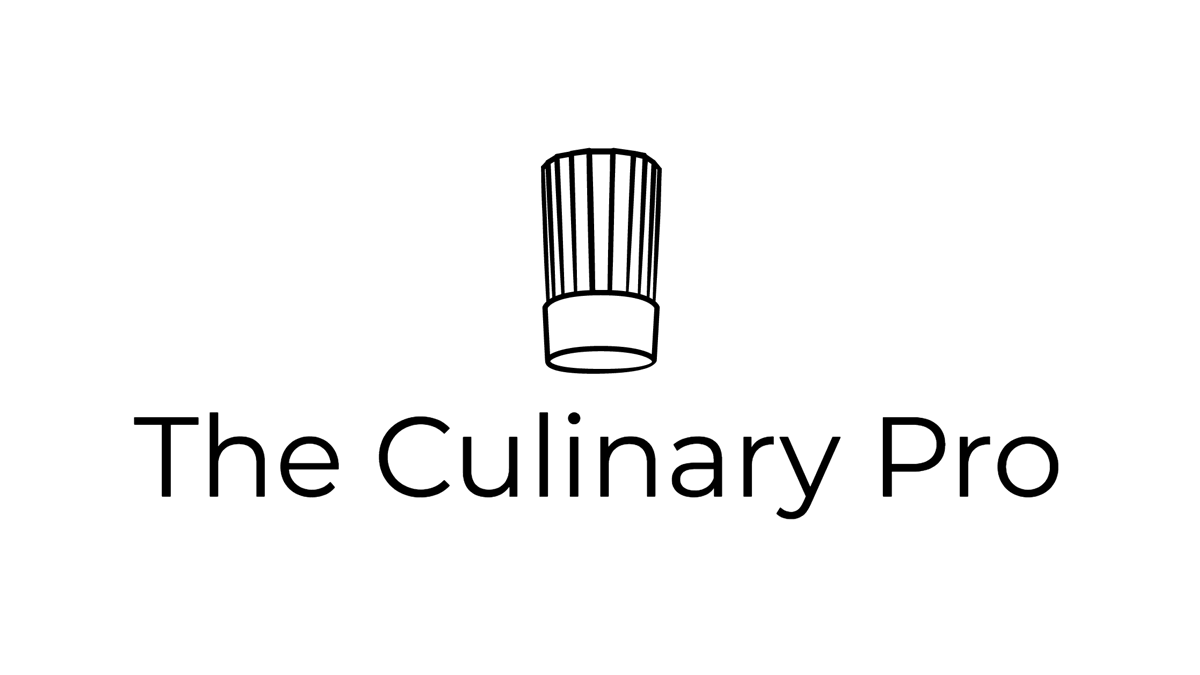The Maghreb - Northwest Africa
Maghreb is usually defined as the Northwest African countries of Morocco, Tunisia, Algeria, and Libya. This region encompasses a diverse geography divided into a Mediterranean region along the northern coast and the arid Sahara desert to the south. The Atlas mountain range runs through Algeria, Morocco and Tunisia separating the Mediterranean and Atlantic coastlines from the desert.
Native people of the Maghreb region were known as Berbers and evidence of their culture dates back 4000 years. The most significant cultural footprint however comes from 300 years of Turkish Ottoman domination and Arab traditions. Other influences include Italian colonization of Libya in the early to mid-20th century, and French colonization offrom Morocco, Tunisia and Algeria.
The Berbers were said to have invented couscous, a fine grained semolina pasta and traditional accompaniment to stews found in this region. Flatbreads, known as kesra, are a staple at every meal. The Ottoman Turks brought sweet pastries while the Arabs introduced a variety of spices, like saffron, nutmeg, cinnamon, ginger and cloves. Since the region is predominantly Muslim, Hal-El meats including lamb, goat and beef are slaughtered according to Islamic tradition. Each country offers their own local spin on many of the traditional foods from the region as well as unique local dishes.
A tajine is a North African stew that is baked in a vessel with a cone-shaped lid. The stew is composed of meats, fish, and or vegetables and often includes olives, lemon, garlic and spices. There are many variations depending on the region. In Tunisia though, a tajine usually refers to a baked dish of eggs, grated cheese, meat and vegetables. Shakshouka is a poached egg dish served with tomato sauce, chili peppers, onions, and spices. Harissa is a condiment served with most meals consisting of chilies, salt, garlic, and cumin. Green mint tea is a popular beverage consumed throughout Northwest Africa.
Other specialties from the region include Ras el Hanout, a Moroccan spice blend consisting of cardamom, cumin, clove, cinnamon, nutmeg, mace, allspice, dry ginger, chili peppers, coriander seed, peppercorn, sweet and hot paprika, fenugreek, and dry turmeric. Pastilla is a Moroccan meat pie prepared with squab or chicken that combines savory flavors with a crunchy layer of toasted and ground almonds, cinnamon and sugar. Tunisian Brik consists of egg, parsley, capers and tuna wrapped in thin pastry and deep fried. Ktet are Libyan flatbread similar to tortillas that are rolled like sandwich wraps.
Characteristics of Maghreb Cuisine
Popular Dishes
Couscous, Tajine, Shakshouka, Ketsa (flatbread)
Popular ingredients
- Seafood, goat, lamb andbeef
- Dates, almonds, figs, olives, chilies,
- Cumin, ginger, paprika, cinnamon, nutmeg, cloves and saffron
- Fresh peppermint, parsley and coriander
Influences
Arabia, Turkey, Italy, France

